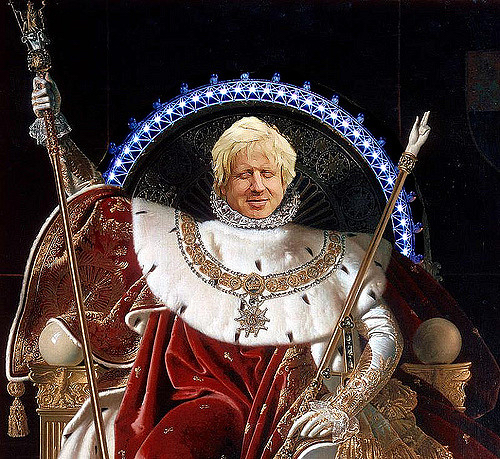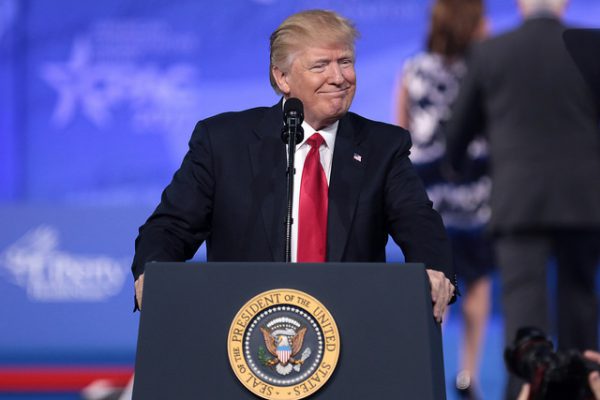Spreading the American Dream is about the folklore of capitalism on a global stage. Or as an article in The National Interest once pithily described the mentality: “the multilingual, globe-trotting, advanced-degree holding, CNN-watching, Hilton Hotel-staying, international organization-employed cadres who go from trouble spot to trouble spot imposing the neoliberal state- and nation-building agenda on recalcitrant and often ungrateful natives.”
Emily Rosenberg, the book’s author, and a professor at UC Irvine, does not explicitly discuss the Marxist influence presumed in that portraiture of the “Davos Man,” but her thesis also describes the “unwarranted exaggeration of the influence of material factors”: the belief that US experiences can and should be exported to other countries at “lower” stages of development.
Strongly influenced by Protestant missionary zeal – the belief that commerce would follow the cross and invigorate the world. And America itself, to a degree: by the 1930s, failure meant the withering of “civilization” in favor of autarky, and fear of oversaturation at home drove earlier bouts of expansionistic rhetoric and association. She manages to suggest the continuity between the 21st century Davos Culture and the likes of the Morgans, Rockefellers, and Carnegies, Herbert Hoover, and the YMCA.
Economic freedom, in the American conception, meant a lack of structural restrictions on private individuals by governments. This “folklore of capitalism” requires justification of the history of the industrialization that made the U.S. an economic superpower. By keeping the folklore broad and vaguely defined – i.e., limiting discussion of such things as protectionism, slavery, government spending, or labor politics – it is possible to create an idealized Gospel of Prosperity that describes a mostly middle class experience where the Pullman Company is present, but not the union organizers fighting it or the strikebreakers fighting them.
By 1929, a new kind of capitalist entity (the multinational corporation) had been created, with far different interests than other corporate associations due to its internationalism. And after 1940, the state had become far more involved in promoting American developmentalism and corporations through the Bretton Woods System. In the same span of time, from 1917 to 1945, new cultural programs were also developed that saw much more state involvement, and propagated worldwide.
Of course, the protectionist nature of American capitalism prior to the postwar era was not exported – partly because it was not part of the image of American prosperity generated by internationalists, but also because it was not in U.S. interests for other countries to behave like that anymore (some resolution to this contradiction was found in the view that protectionism was past its sell date in the 1930s and helped lead to war).
As Rosenberg puts it, the US applied the Monroe Doctrine, where it was strong/the dominant power, the Open Door where it was weak/a junior partner. Contradictions were apparent during the era: idealism played much less of a role in enmeshing these economies into the American production chain than did the legal actions of United Fruit, Alcoa, Anaconda Copper, ITT, or Standard Oil.
The “ideology of liberal-developmentalism” described is that the US believed its economic model could be applied elsewhere – that American industrialism contained universal tenets. Discussion of the postwar period, where the ideals expressed in 1945 with the formation of the UN and its attendant financial bodies would make for an interesting extension of the ideas put forward in the book, especially since developmentalism now spoke solely in terms of secular gospels of institutions, academese, and technology.
Though only hinted at, Rosenberg’s conclusion suggests that secularization of the language used to justify American ideological exports in the Progressive Era carry over into the 1960s “developmentalism” school in the Kennedy Administration and beyond – to the present-day “Davos Culture” concept.
Photograph courtesy of Joel Schalit.





